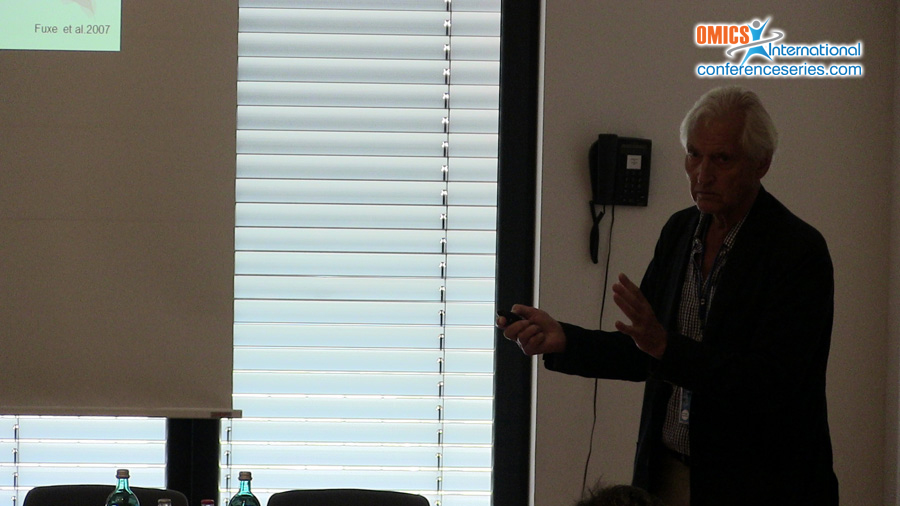
Kjell Fuxe
Karolinska Institutet, Sweden
Title: Nigro-striatal DA neurons in the world of volume transmission and heteroreceptor complexes: Relevance for Parkinson’s disease
Biography
Biography: Kjell Fuxe
Abstract
The nigro-striatal DA neurons mainly operate via volume transmission (VT). The major difference of synaptic transmission vs. volume transmission is found in the channels which are private in synaptic transmission (axons and terminals) but diffuse in VT represented by the channel plexus of the extracellular space including paravascular channels and the CSF. There exist different forms of VT: Extrasynaptic, long distance, CSF and extracellular vesicle mediated VT. Interleukin-1b (IL-1b) may produce inflammation and sickness behavior via long distance and CSF VT. The balance and integration of VT and synaptic transmission mainly takes place through receptor-receptor interactions in heteroreceptor complexes in the plasma membrane and or their signaling cascades including also the signaling from the corresponding receptor homomers. It appears crucial for CNS communication and of high relevance for psychiatric diseases and neurological diseases like Parkinson’s disease. The allosteric receptor-receptor mechanism causes a marked rise of the repertoire of GPCR recognition, pharmacology, trafficking and signaling of the participating receptor protomers. We have introduced the moonlighting concept into the GPCR heteromer field, since GPCR protomers can change their function through the allosteric receptor-receptor interactions. This is achieved through changes in recognition, G protein selectivity and signaling via other proteins involved, for example, a switch from G proteins to b-arrestin through conformational changes in single or several strands of amino acids. The fields of receptor-receptor interactions in GPCR containing heteroreceptor complexes and protein–protein interactions, in general, have opened up new targets for drug development and several strategies can be exploited to develop new drugs based on targeting the heteroreceptor complexes. The striatal A2A-D2 heteroreceptor complexes were proposed to be an important target for antiparkinsonian drugs based on the existence of antagonistic A2A-D2 receptor-receptor interactions within them. This strongly contributed to the introduction of A2A receptor antagonists in the treatment of Parkinson’s disease.

